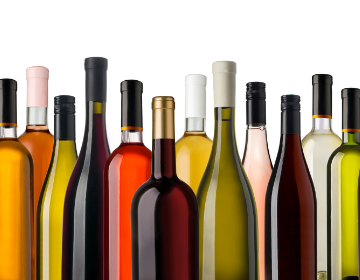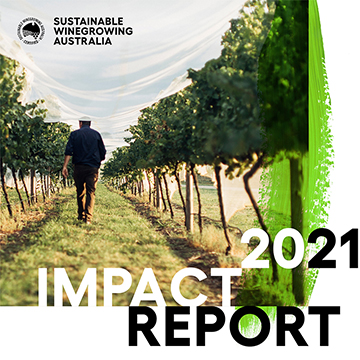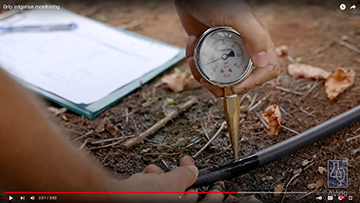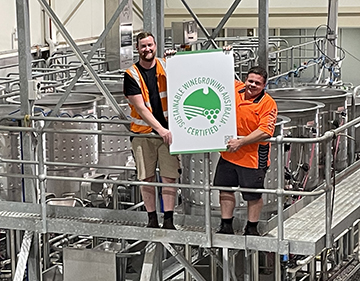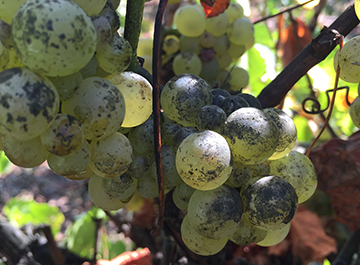This agrochemical update summarises the major changes in the 2022/23 ‘Dog book’ compared with the previous version. The new edition will be available from 1 July. Information about how to download an electronic copy or order a hard copy will be issued closer to the date.
New active constituents
The following active constituents are registered for use in wine-grape production by the Australian Pesticides and Veterinary Medicines Authority (APVMA) and are listed in the ‘Dog book’ for the first time:
ACETIC ACID
APVMA 86050 and 89133: ‘Boost Plus’ and ‘Weed Terminator’ are Contact Organics Pty Ltd products registered for control of weeds in grapevines. They are activity group Z herbicides.
Recommended restriction on use (withholding period) for grapes destined for export wine: Not required when used as directed. General advice for herbicides: Contact your winery prior to any herbicide application within 30 days of harvest.
IRON PHOSPHATE
APVMA 89908: Ironmax Pro is an AgNova Technologies Pty Ltd product registered for control of slugs and snails in vineyards.
Recommended restriction on use (withholding period) for grapes destined for export wine: Not required when used as directed.
IRON POWDER
APVMA 86914 and 90408: Eradicate Eco is a Fair Dinkum Fertilizers product and Eco-Shield is an Organic Crop Protectant product. Both are registered for control of slugs and snails in vineyards.
Recommended restriction on use (withholding period) for grapes destined for export wine: Not required when used as directed.
POLYOXYN-D ZINC SALT
APVMA 90033: Intervene WG is a Nufarm Australia Pty Ltd product registered for control of Botrytis and powdery mildew in vineyards. It is an activity group 19 fungicide.
Recommended restriction on use (withholding period) for grapes destined for export wine: Use no later than E-L 34 (before commencement of veraison) AND not within 44 days of harvest.
Removed active constituents
METHIOCARB
Methiocarb and products containing methiocarb have been removed from the ‘Dog book’ because they have not been commercially available for two seasons. Mesurol Snail and Slug Bait is still registered for use by the APVMA and stocks on hand can be used according to label directions.
Changes to withholding period (WHP) recommendations for export wine
EUGENOL, GERANIOL, THYMOL
The recommended restriction on use for products containing eugenol, geraniol and thymol is now ‘Use no later than 14 days before harvest.’
Note
The ‘Dog book’ recommendations have been developed to meet the regulatory requirements of Australia’s most stringent export markets. If you only sell wine in Australia, or to only a few countries, contact the AWRI to discuss how the recommendations might differ.
For more information, please contact Marcel Essling on 08 8313 6600 or email helpdesk@awri.com.au.
This information is provided to inform the Australian grape and wine sector and should not be interpreted as an endorsement of any product.


